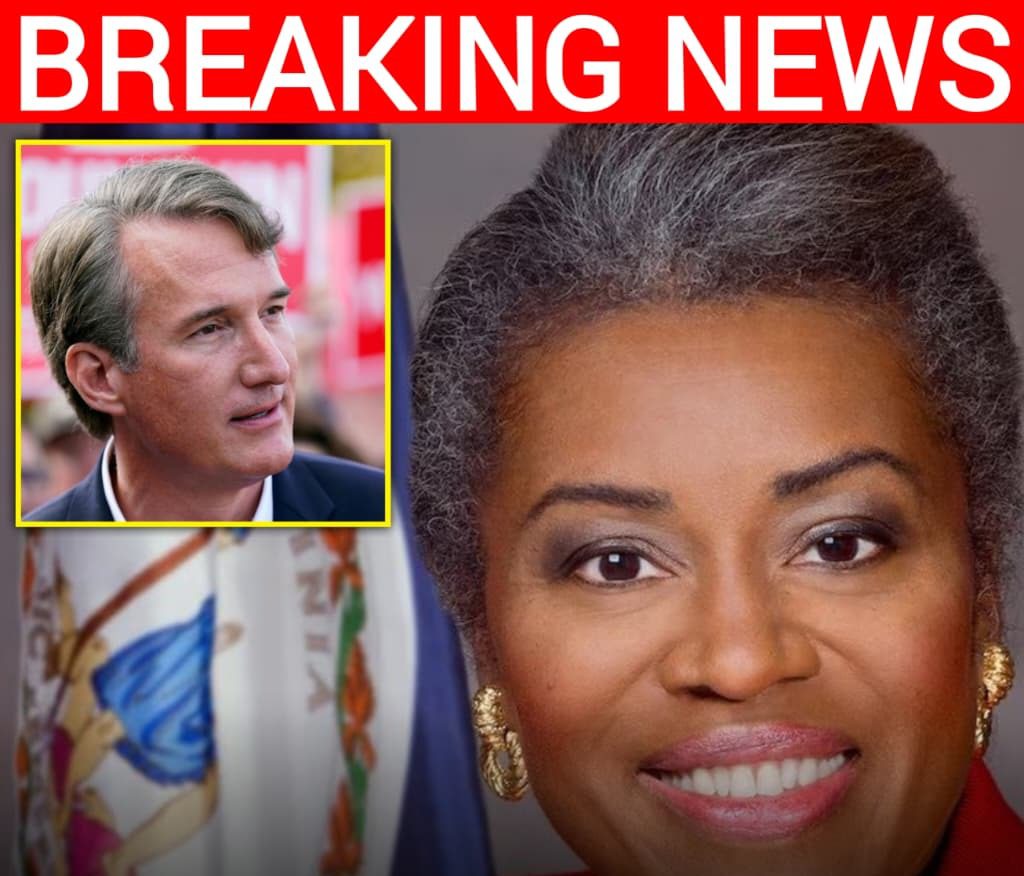Early Voting Data Shows 71.6% Turnout in Trump-Won Virginia Counties vs 66.2% in Harris-Won Areas — GOP Enthusiasm Surges Ahead of November
New early voting data out of Virginia is sparking fresh debate over momentum heading into November’s high-stakes gubernatorial and attorney general races. As of October 10, 2025, turnout in counties that voted for Donald Trump has reached 71.6%, compared to 66.2% in counties that went for Kamala Harris in 2024, according to data compiled by political analyst Michael Pruser.
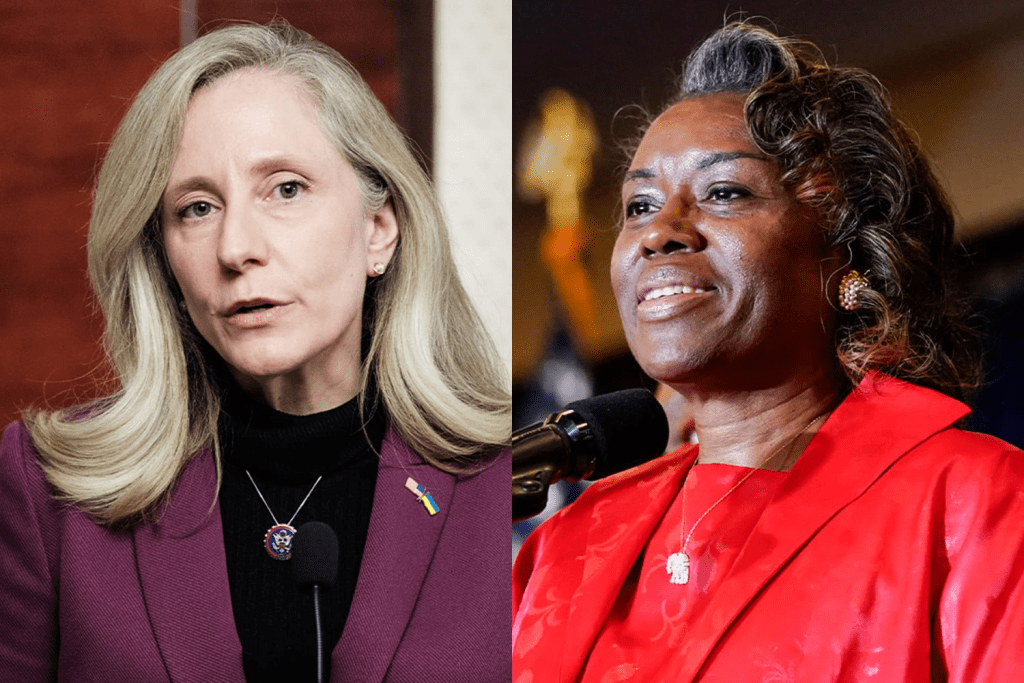
The figures suggest a surge of enthusiasm among Republican voters and a strong early showing for GOP gubernatorial candidate Winsome Earle-Sears and attorney general hopeful Jay Jones, as early ballots continue to pour in ahead of the November 1 cutoff. The contrast, however, comes as polls still show Democrats maintaining an edge statewide.
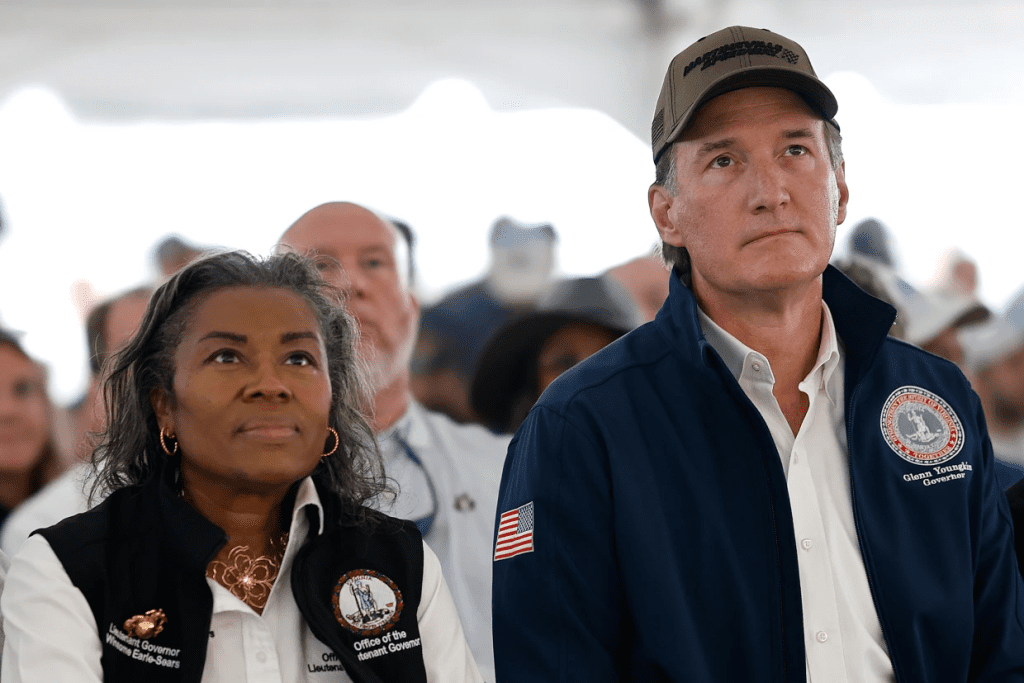
Emerson College’s October 2 survey found Democratic candidate Abigail Spanberger leading Earle-Sears by 10 points among likely voters, 52% to 42%, with 6% undecided. The same poll also indicated that early voters were breaking heavily toward Spanberger — 60% for the Democrat compared to 38% for Earle-Sears — suggesting that while Republican counties are turning out at higher rates, Democrats are still performing strongly within the ballots already cast.
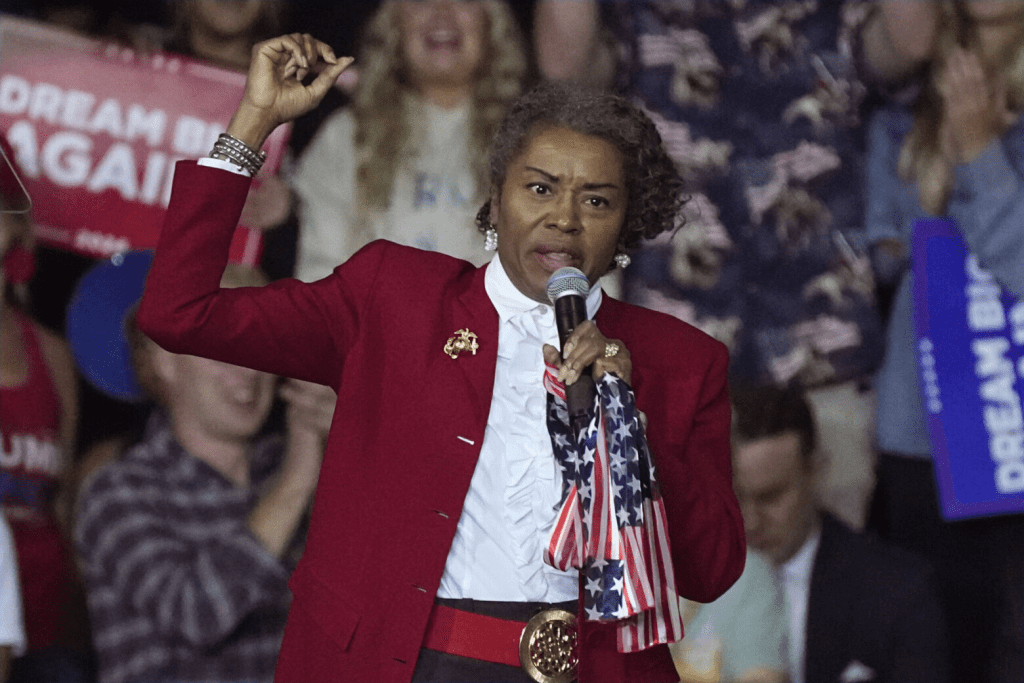
The early voting data highlights a familiar divide in Virginia politics: strong conservative participation in rural and exurban counties versus Democratic dominance in dense population centers like Fairfax, Richmond, and Norfolk. It also reflects how both parties are focusing resources in different directions — Republicans emphasizing enthusiasm and ground game in red regions, while Democrats lean on mobilizing urban and suburban turnout in the final weeks before Election Day.
Images circulating alongside the turnout analysis capture that contrast vividly. Earle-Sears, wearing a striking red suit in front of the Virginia flag, is seen addressing a crowd of Republican supporters, while Democrat Jay Jones, running for attorney general, appears in photos from a packed rally in Richmond. Between them looms the Virginia state flag — a reminder of what’s at stake in this election: control of the state’s executive offices and direction for the next four years.
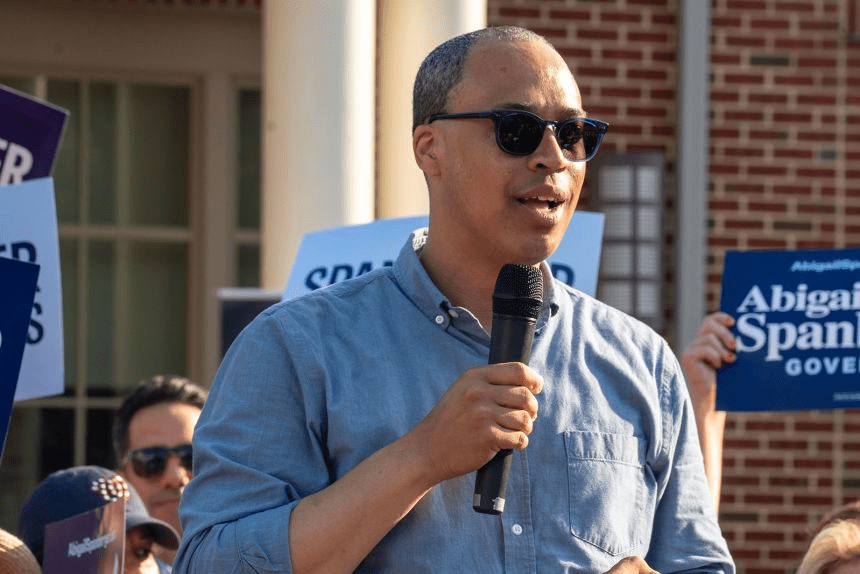
Political analysts say the GOP turnout edge, if it holds, could signal an energized Republican base eager to reclaim the governor’s mansion. “Republicans are outperforming expectations in early voting across red counties,” Pruser wrote in his post. “The key will be whether these numbers hold as blue strongholds increase participation heading into the final week.”
The Virginia Public Access Project (VPAP), which tracks early voting across the state, reports that early ballots are trending above 2021 levels, with turnout building steadily each week. Over 35,000 early votes were cast in the first week alone, and more than half of Virginia’s counties are already reporting turnout above 60%.
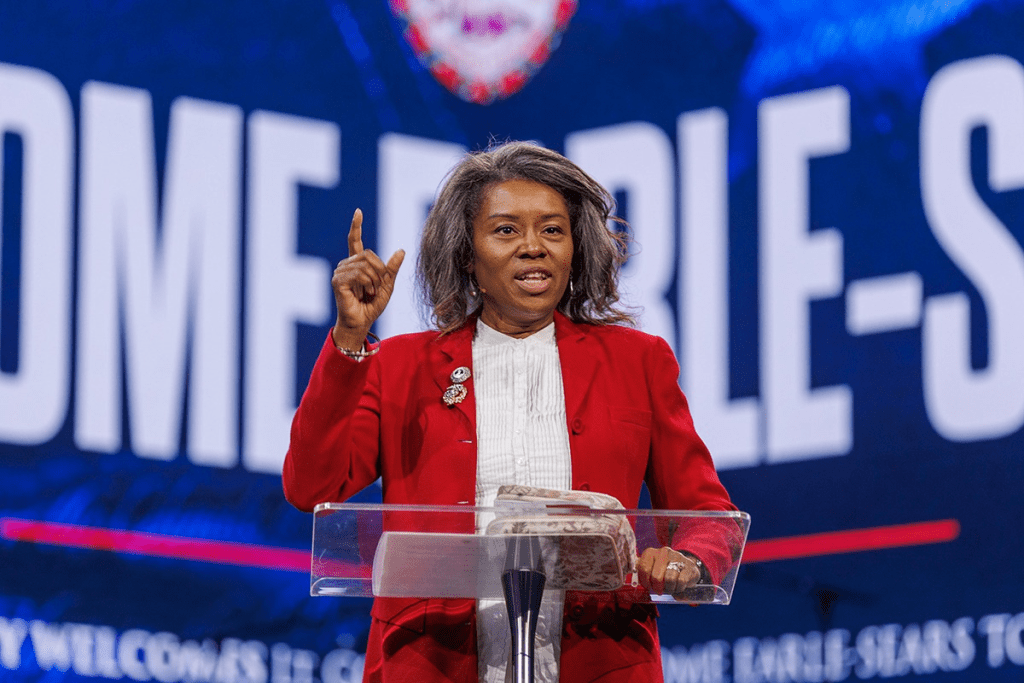
For Republicans, the 5.4-point turnout gap between red and blue counties reinforces a sense of momentum that’s been building since the start of early voting. Party strategists say this advantage could provide a buffer against Spanberger’s polling lead, especially if undecided and late voters break their way. “It’s not just about the polls — it’s about energy, ground game, and enthusiasm,” one campaign insider told Fox Digital. “And right now, the energy is definitely on our side.”
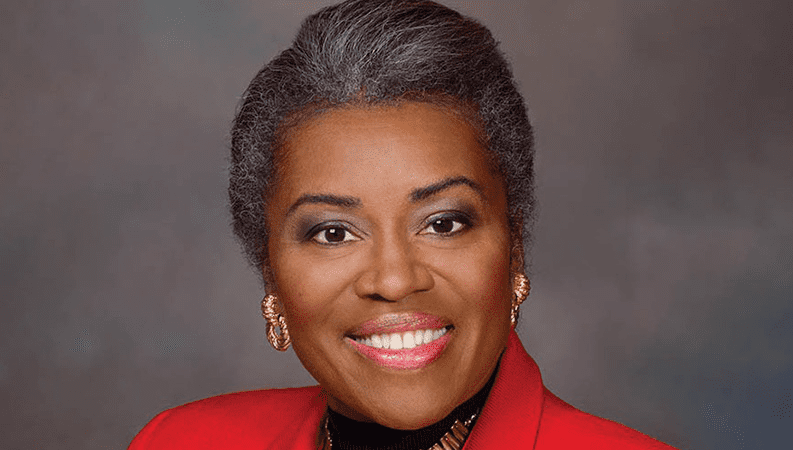
Democrats, meanwhile, are downplaying the gap, noting that higher rural turnout doesn’t necessarily translate to statewide wins. Spanberger’s campaign has focused heavily on suburban outreach and early mail-in ballots, which often favor Democratic candidates. “Virginia’s elections are won in the middle,” one adviser to the campaign said. “We’re confident that as more ballots come in from Northern Virginia and Richmond, we’ll close any early gap.”
With three weeks left before Election Day, Virginia’s political landscape remains as competitive as ever. The early turnout numbers point to renewed Republican strength in rural counties — but the question remains whether that intensity can overcome Democratic leads in key metro areas.
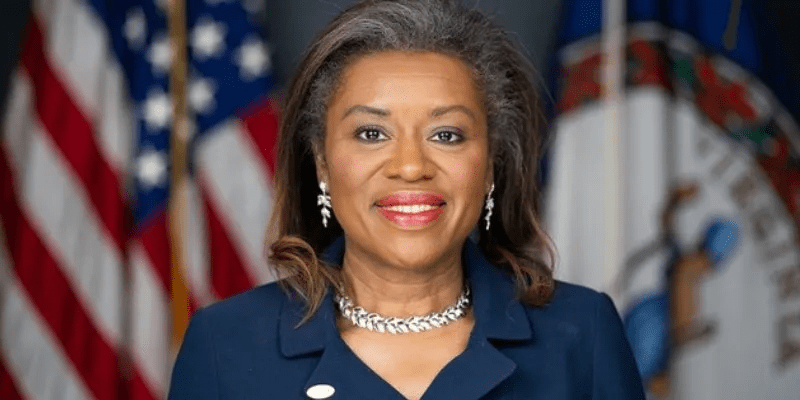
As both campaigns make their final push, the story of Virginia’s 2025 election may come down to one simple equation: high turnout versus high persuasion. For now, the GOP is winning the numbers game, but Democrats are betting that when the final ballots are counted, enthusiasm alone won’t be enough.
